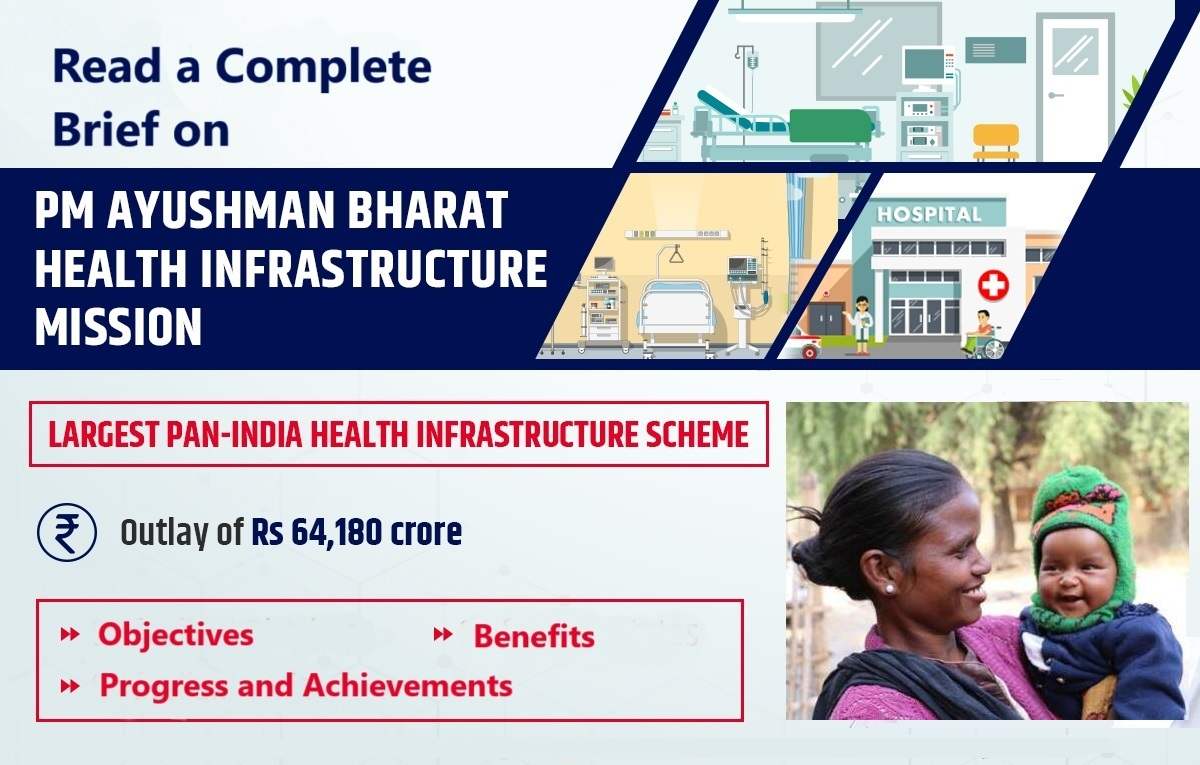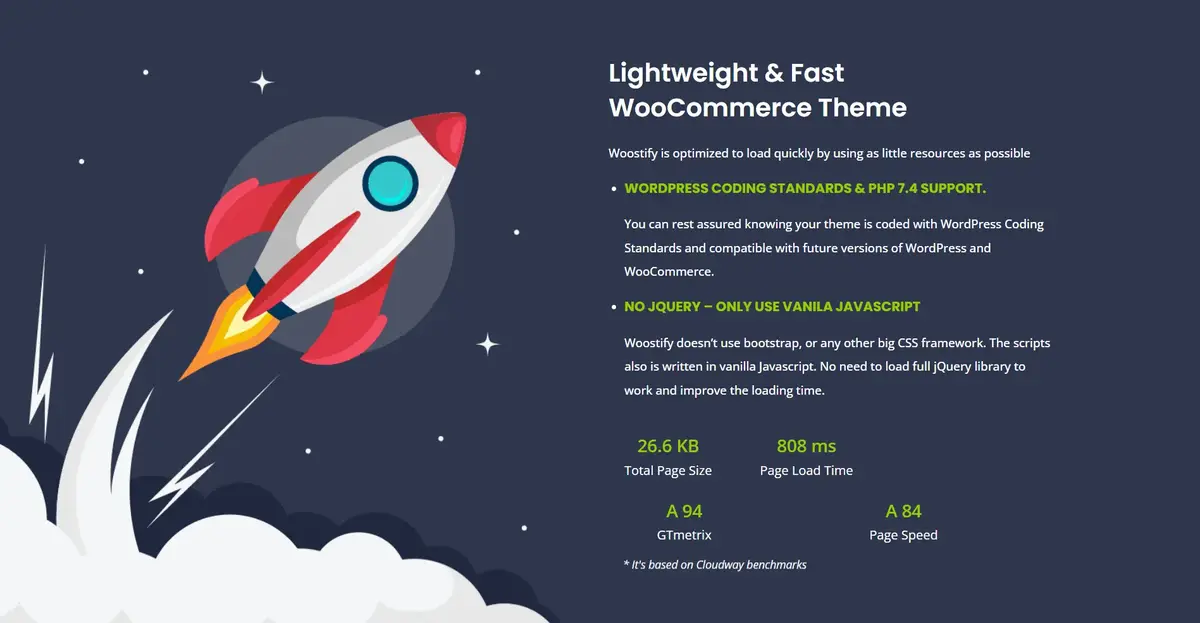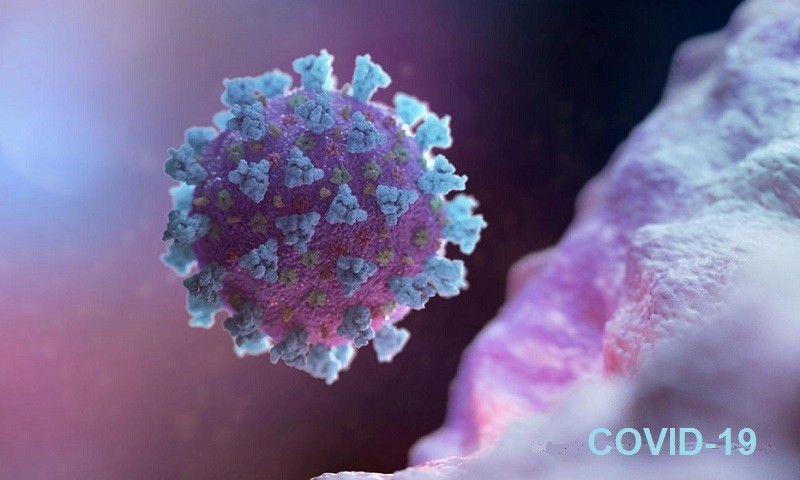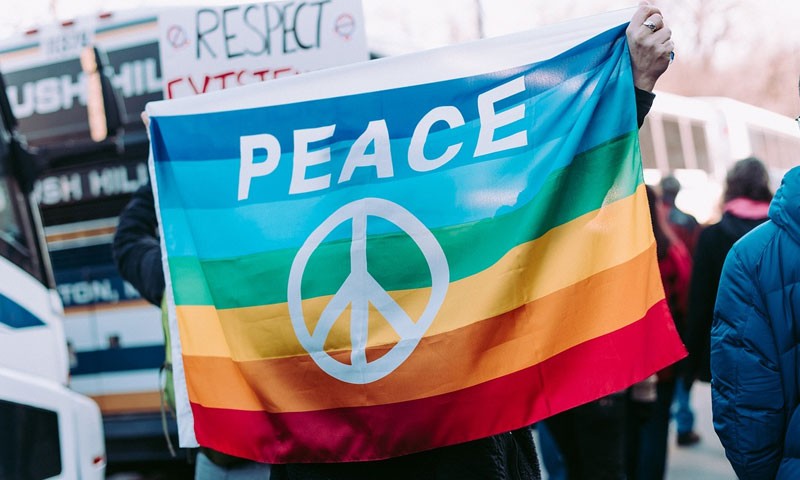PM-Ayushman Bharat Health Infrastructure Mission (PM-ABHIM) – Objectives, Benefits, Progress and Achievements

PM-Ayushman Bharat Health Infrastructure Mission (PM-ABHIM) is a Centrally Sponsored Scheme with some Central Sector Components. As has been noted the scheme is for implementation of the Atmanirbhar Bharat Package for health sector. The scheme was launched by Hon’ble Prime Minister of India on 25th October, 2021 in Varanasi, Uttar Pradesh.
Basically the project aims to fill gaps in health systems, surveillance and health research. Covers both urban and rural areas. To enable the community to become Atmanirbhar in solving such infection/health problems. It is the largest Pan-india scheme for public health infrastructure since 2005.
Under the scheme, the total financial outlay for the scheme period (2021-22 to 2025-26) is Rs.64180 Crore out of which amount of Rs.54204.78 Crore is designated for implementation of Centrally Sponsored Scheme Components and amount of Rs 9339.78 Crores for implementation of Central Sector components.
Benefits of the Scheme:
The strategy under this scheme focuses on developing the capacity of health systems and institutions. Throughout the continuum of care, including primary, secondary, and tertiary, and organizing the healthcare system to effectively respond to current and future epidemics/disasters.
The components of the PM Ayushman Bharat Health Infrastructure Mission (PM-ABHIM) scheme are:
Centrally Sponsored Components:
1. Construction of 17,788 rural Health and Wellness Centres (HWCs).
- HWCs are to be established at the population of 5000 for plain areas and 3000 in difficult areas – hilly, tribal, desert etc. with the aim to facilitate universal access to basic diagnostic and treatment services with focus on health prevention and promotion.
- It is envisioned that these HWCs would leverage technology in the form of teleconsultations, using “eSanjeevani” platform where individuals receive care from specialists at secondary and tertiary care facilities.
2. Support for 11,024 urban Health and Wellness Centres in all the States with the focus on slum like areas.
- One Urban-HWC is to be set up as per 15,000-20,000 population for catering predominantly to poor and vulnerable populations, residents of slum and slum-like areas.
- This component supports delivery of expanded range of healthcare services in urban areas.
- It also supports community engagement to ensure universal reach of public health interventions as well as increasing access to specialist services through polyclinics, which are closer to the community.
3. Establishing 3382 Block Public Health Units (BPHUs) at block levels.
- The BPHU encompasses the Service Delivery Facility (CHC/PHC/SDH), a Block Public Health Laboratory, and a Block HMIS Cell.
- Block Public Health Laboratory will provide comprehensive diagnostic facilities to enable public health surveillance. Additionally, Block HMIS Cell will collect, compile and analyze clinical, program and public health data for improved public health data reporting and follow-up action.
4. Setting up of Integrated Public Health Labs (IPHLs) in 730 districts.
- The center aims to be established in each district of the country to address gaps in effective surveillance. Timely detection of disease and prevention of infectious disease outbreaks
- It reduces delay in diagnosis and reporting facilitating early detection and initiation of appropriate treatment and also the necessary public health action for controlling the spread of disease.
- Through both upstream and downstream cooperation, IPHL should provide a comprehensive survey function. Which covers both public health services and health care decision-making within the scope of IPHL.
5. Establishing Critical Care Hospital Blocks (CCBs) in 602 districts (with population more than 5 lakhs) and with referral linkages in other districts.
- The scheme supports the districts with the establishments with Critical Care Hospital Blocks of 50/75/100 bedded wings equipped with ICU, isolation wards/oxygen supported beds, emergency area, OT, Labor-Delivery Recovery rooms (LDRs) with Newborn Care Corner, etc. as an integral part of the existing District Hospital or Medical College Hospital.
- These critical care block / wings would also be supported with Medical Gas Pipeline System, Oxygen generation plants / Oxygen supply, Air Handling Units (AHUs) etc., and mechanism for Infection Prevention and Control.
Central Sector Components
- 12 Central Institutions as training and mentoring sites with 150 bedded Critical Care Hospital Blocks;
- Strengthening of the National Centre for Disease control (NCDC), 5 new Regional NCDCs and 20 metropolitan health surveillance units;
- Expansion of the Integrated Health Information Portal to all States / UTs to connect all public health labs;
- Operationalization of 17 new Public Health Units and strengthening of 33 existing Public Health Units at Points of Entry. That is at 32 Airports, 11 Seaports and 7 land crossings;
- Setting up of 15 Health Emergency Operation Centers and 2 container based mobile hospitals; and
- Setting up of national institution for One Health, 4 New National Institute for Virology. Moreover, a Regional Research Platform for WHO South East Asia Region and 9 Bio-Safety Level III laboratories.
State / UT-wise status (As on 31.10.2023)
- Under CSS Components, administrative approvals have been accorded to States / UTs for construction / strengthening of 7,808 Sub-Health Centers – Health & Wellness Centres (HWCs), 3239 Urban – HWCs, 1932 Block Public Health Units (BPHUs), 638 Integrated Public Health laboratories (IPHLs) at District level and 505 Critical Care Blocks (CCBs) as on 31.10.2023. State /UT wise details is as follows:-
Status of States/UT wise approved units under PM-ABHIM (CSS) during scheme period (Excluding 15th Finance Commission health grant share)
| S.No. | State/UT | Building-less SC-HWC | U-HWC | BPHU | IPHL | CCB |
|---|---|---|---|---|---|---|
| 1 | A&N Islands | – | – | – | – | – |
| 2 | Andhra Pradesh | – | 184 | – | 13 | 14 |
| 3 | Arunachal Pradesh | – | – | – | 22 | 1 |
| 4 | Assam | 768 | – | 207 | 33 | 27 |
| 5 | Bihar | 2546 | – | 59 | 12 | 12 |
| 6 | Chandigarh | – | 19 | – | 1 | – |
| 7 | Chhattisgarh | – | – | 91 | 28 | 23 |
| 8 | DNH & DD | – | 4 | – | 3 | 1 |
| 9 | Delhi | – | – | – | – | – |
| 10 | Goa | – | – | – | 2 | 2 |
| 11 | Gujrat | – | – | – | 26 | 26 |
| 12 | Haryana | – | – | – | 22 | 22 |
| 13 | Himachal Pradesh | – | 38 | 73 | 12 | 8 |
| 14 | Jammu & Kashmir | – | 79 | 230 | 16 | 8 |
| 15 | Jharkhand | 893 | – | 165 | 24 | 21 |
| 16 | Karnataka | – | 563 | – | 24 | 24 |
| 17 | Kerala | – | – | – | 14 | 14 |
| 18 | Ladakh | – | – | – | 2 | – |
| 19 | Lakshadweep | – | – | – | 1 | – |
| 20 | Madhya Pradesh | – | – | 196 | 52 | 50 |
| 21 | Maharashtra | – | – | – | 18 | 18 |
| 22 | Manipur | 64 | – | – | 14 | 2 |
| 23 | Meghalaya | 151 | – | – | 10 | 2 |
| 24 | Mizoram | – | 1 | – | 10 | 1 |
| 25 | Nagaland | – | – | – | 11 | 1 |
| 26 | Odisha | 604 | – | 153 | 24 | 22 |
| 27 | Puducherry | – | 32 | – | 4 | 3 |
| 28 | Punjab | – | – | – | 18 | 16 |
| 29 | Rajasthan | 1112 | 639 | 184 | 33 | 33 |
| 30 | Sikkim | – | – | — | 3 | 1 |
| 31 | Tamil Nadu | – | – | – | 38 | 33 |
| 32 | Telengana | – | 496 | – | 33 | 31 |
| 33 | Tripura | – | – | – | 7 | 1 |
| 34 | Uttar Pradesh | 1670 | 674 | 515 | 75 | 62 |
| 35 | Uttarakhand | – | – | 59 | 10 | 4 |
| 36 | West Bengal | – | 510 | – | 23 | 22 |
| Total | 7808 | 3239 | 1932 | 638 | 505 |
Progress and Achievements made so far:-
Under CSS components of the scheme, following steps have been taken by MoHFW for timely implementation of the scheme:-
- Rs.270.00 Cr has been provisioned during the scheme period for setting up State PMUs for technical assistance.
- Early approval of activities of FY 2024-25 & 2025-26 in FY 2023-24 to ensure early initiation as well as timely completion of works.
- Adequate flexibility to the States to utilize funds released without earmarking/linking it against year wise approvals.
- Continuous monitoring through regular reviews by Hon’ble Union Minister of Health and Family Welfare. Also Union Health Secretary and other senior officials of the Ministry join the reviews.
- States advised to ensure widespread publicity of their Notice Inviting Tender (NIT)/advertisements of their PMC bids to Central PSUs (i.e. NBCC, HSCC, HLL, HITES etc.) or CPWD.
PM-ABHIM is primarily an infrastructure development scheme and States/UTs have initiated implementation of the scheme.
As reported by the States, the status of progress of approved civil work under CSS component is as follows:
| Sl. No. | Name of the Component | Units Approved | Tender Floated | Work Started |
|---|---|---|---|---|
| 01 | Building-less Sub-Health Centres(HWCs) | 7808 | 5412 | 4864 |
| 02 | U-HWCs | 3239 | 957 Operationalized | |
| 03 | BPHUs | 1932 | 763 | 694 |
| 04 | IPHLs | 638 | 283 | 234 |
| 05 | CCBs | 505 | 219 | 162 |
The Ayushman Bharat- Health & Wellness Centres and the PMJAY brought scale. Concurrently the Ayushman Bharat Digital Mission brings technology to healthcare. The PM Ayushman Bharat Health Infrastructure Mission (PM-ABHIM), in its turn, is the largest ever scheme to scale up the the country.







